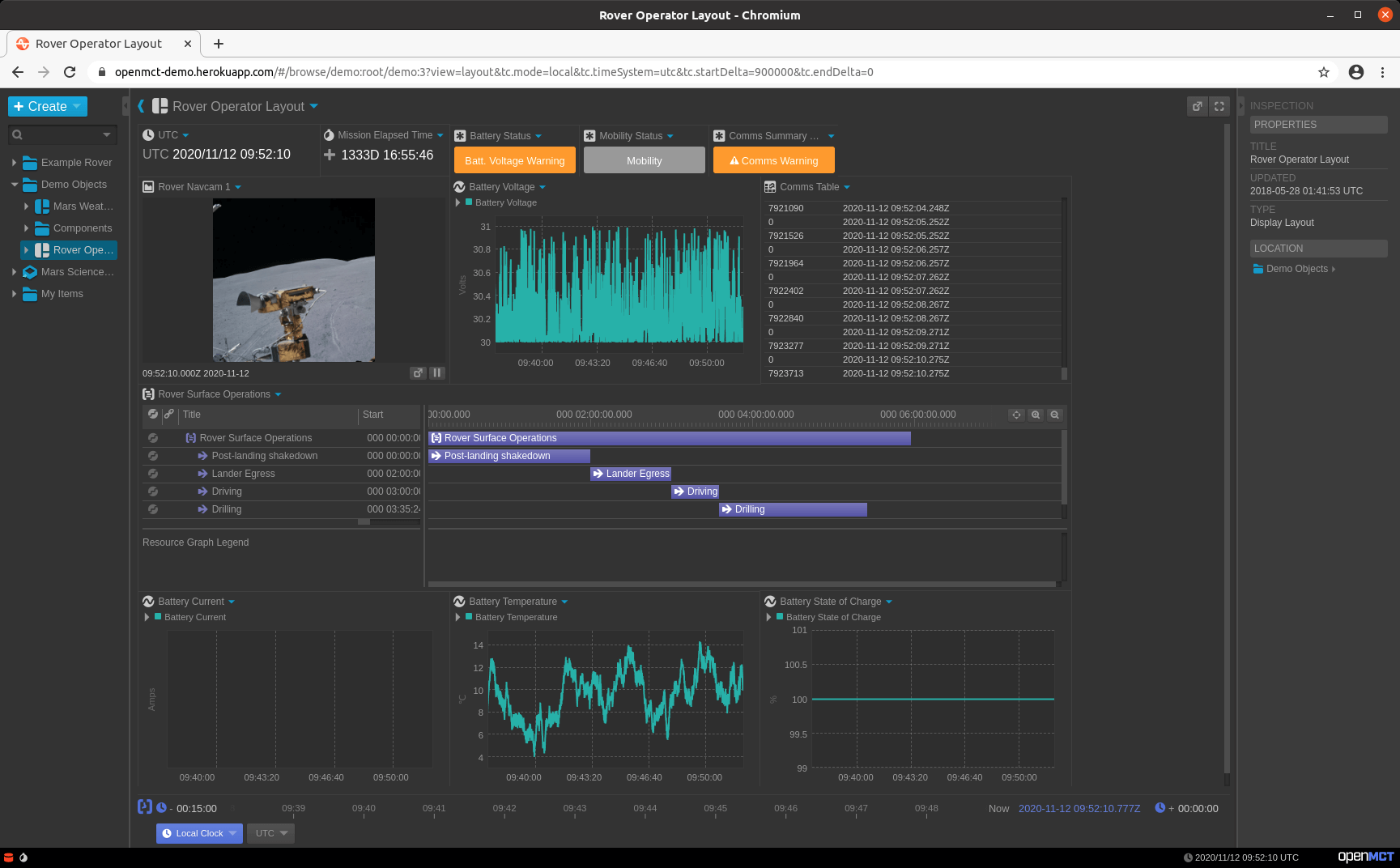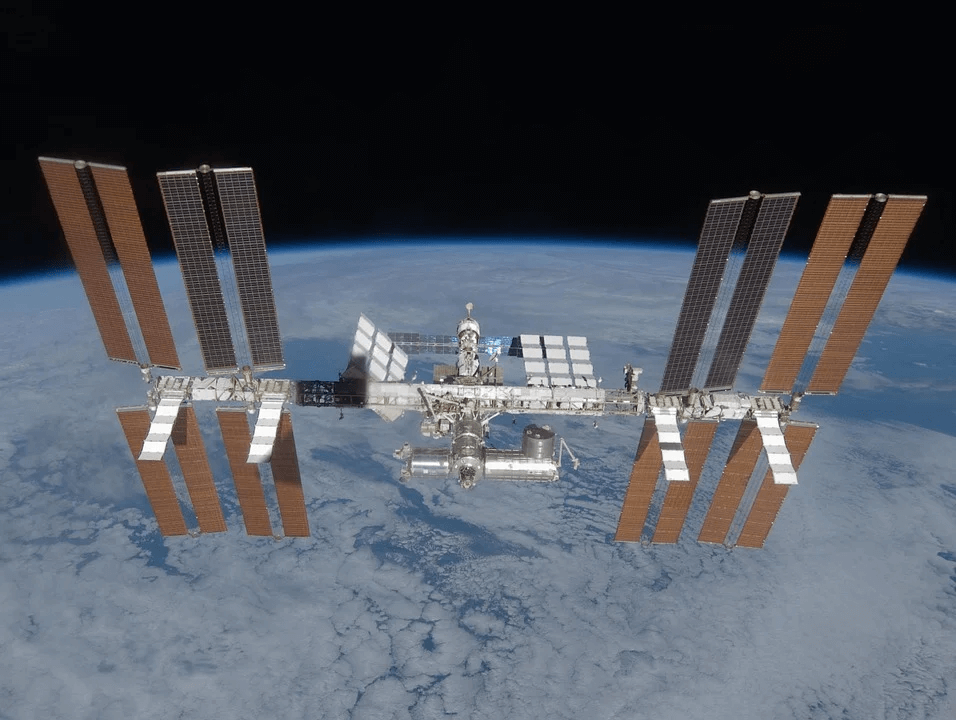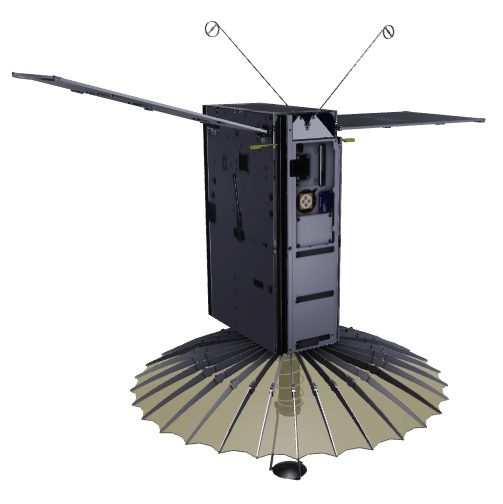This is the first in a series spotlighting large institutions in the USA and how they are embracing Linux and open source.
 The National Aeronautics and Space Administration (NASA) is an independent agency of the U.S. federal government responsible for the civilian space program, as well as aeronautics and space research. NASA’s budget in 2020 is over $22 billion. To put that figure into context, that’s equivalent to the annual GDP of Zambia, Papua New Guinea, or Laos.
The National Aeronautics and Space Administration (NASA) is an independent agency of the U.S. federal government responsible for the civilian space program, as well as aeronautics and space research. NASA’s budget in 2020 is over $22 billion. To put that figure into context, that’s equivalent to the annual GDP of Zambia, Papua New Guinea, or Laos.
How is NASA embracing Linux and open source?
NASA runs a set of supercomputers with the names Pleiades, Electra, Aitken, Merope, and Endeavour at the Ames Research Center. Pleides is one of the world’s most powerful supercomputers, currently ranked the 39th most powerful in the world, sporting an eye-watering 241,108 cores and 211,968 GB of memory. Pleiades and the other supercomputers run on a custom version of SUSE Linux Enterprise Server.
One of the most exciting NASA programs is Artemis which is committed to establishing a sustainable presence on the Moon to prepare for missions to Mars. It was announced a few months ago that Ames researchers in the Vertical Motion Simulator (VMS) have embarked on a Rehost project, replacing 20-year-old HP Alpha based host computer systems, which are the brains of the simulator, with Concurrent Red Hawk Linux computer systems.
NASA does not function like a large, monolithic company; each division uses different tools as they see fit. While these divisions are fairly tight-lipped about the platforms they use, many divisions in NASA, such as their Center for Climate Simulation project, heavily use Linux hypervisor clusters and storage systems.
There is more transparency regarding their software projects.
Open Source Catalog
NASA hosts a substantial catalog of open source software. In total it develops over 500 open source projects. And it has 324 repositories on GitHub. Many of the projects are very specialized and aren’t widely known. But here’s a taster of a few things available.

Open MCT is a next-generation mission operations data visualization framework. Web-based, for desktop and mobile.
Software based on Open MCT is in use as a data visualization tool in support of multiple missions at the Jet Propulsion Laboratory, and at NASA’s Ames Research Center to support the development of lunar rover mission concepts. Open MCT is licensed under the Apache License, Version 2.0.
Another project that’s popular is WorldWind, an open-source virtual globe. It lets developers create interactive visualizations of 3D globe, map and geographical information. Organizations around the world use WorldWind to monitor weather patterns, visualize cities and terrain, track vehicle movement, analyze geospatial data and educate humanity about the Earth.
NASA also have a useful repository hosting a collection of 3D models, textures, and images from inside NASA for free and without copyright.
International Space Station

Orbiting Earth for the past 20 years, the International Space Station (ISS) plays an important role as a scientific laboratory and test bed for deep-space technology.
Back in 2013, The United Space Alliance, which manages the computers aboard the International Space Station in association with NASA, announced that the Windows XP laptops aboard the ISS were switched to Linux. Linux was chosen on the basis that as open source, it could be modified for the needs of the station. These laptops never operated the life support system, or any of the other safety critical systems on the Station. The May 2019 ISS report notes that the crew uses Portable Computer Systems that run on a Linux operating system.
And there’s open source projects that are purposely built for the ISS. For example, the Astrobee Robot Software is a free-flying robot designed to operate as a payload inside the ISS.
Radar in a CubeSat

RainCube (Radar in a CubeSat) is a technology demonstration mission to enable Ka-band precipitation radar technologies on a low-cost, quick-turnaround platform.
It was launched on on the ELaNa-23 mission on board of Cygnus CRS-9 to the ISS, where it was deployed on 13 July 2018 via the JEM airlock.
The Linux based Endeavour avionics board provides a data recorder and processing for the command and data handling and attitude determination & control system. It also interfaces to the inertial reference module, which contains two star cameras, three reactions wheels, and three magnetorquers.
This article is a brief summary of projects at NASA using Linux. If you work for NASA and are willing to share more information about projects you are using in Linux, please reach out in the Comments below.

Of course, NASA would have to use Linux. Can you imagine Windows suddenly deciding to ‘update’ on a re-entry flight? Or getting the Blue Screen Or Death about 10 miles up?
Are you serious? Do you have any evidence to show NASA use Linux for that type of function? You don’t as NASA don’t disclose that type of information for obvious reasons. And to think it’s a binary choice between Linux or Windows. That’s just ridiculous. Far more likely is that NASA don’t use either of them.
****. do you have any evidence to the contrary? windows’reputation speaks for itself.
Windows has a terrible reputation. Compared to Linux, it’s dog slow, a memory hog, and bogged down with a horrible virus checker. No one should trust a mission critical system to Windows.
Dude. We all literally read an article about NASA’s Linux projects. That open source software they published is just a byproduct of all they’re doing with it.
So yeah, I think NASA’s gone well and beyond disclosing their operating systems.
PS: I know this sounds fake because I’m just some random person on the internet but my sister works on missle development for the military and they use Linux.
or a package no longer working because repo jannies suddenly decided they wanted to update to a buggier version or removed a bunch of old python/gtk2 dependencies just for the sake of having the LATESt and greatest (and *******) software?
please. they have to use netbsd to actually get anywhere with any long term stability, i only switched to linux because windows 10 had gotten so bad, that i figured i at least wanted control over how my shitty OS would break, arch was perfect for that
yalll need openbsd in your hearts